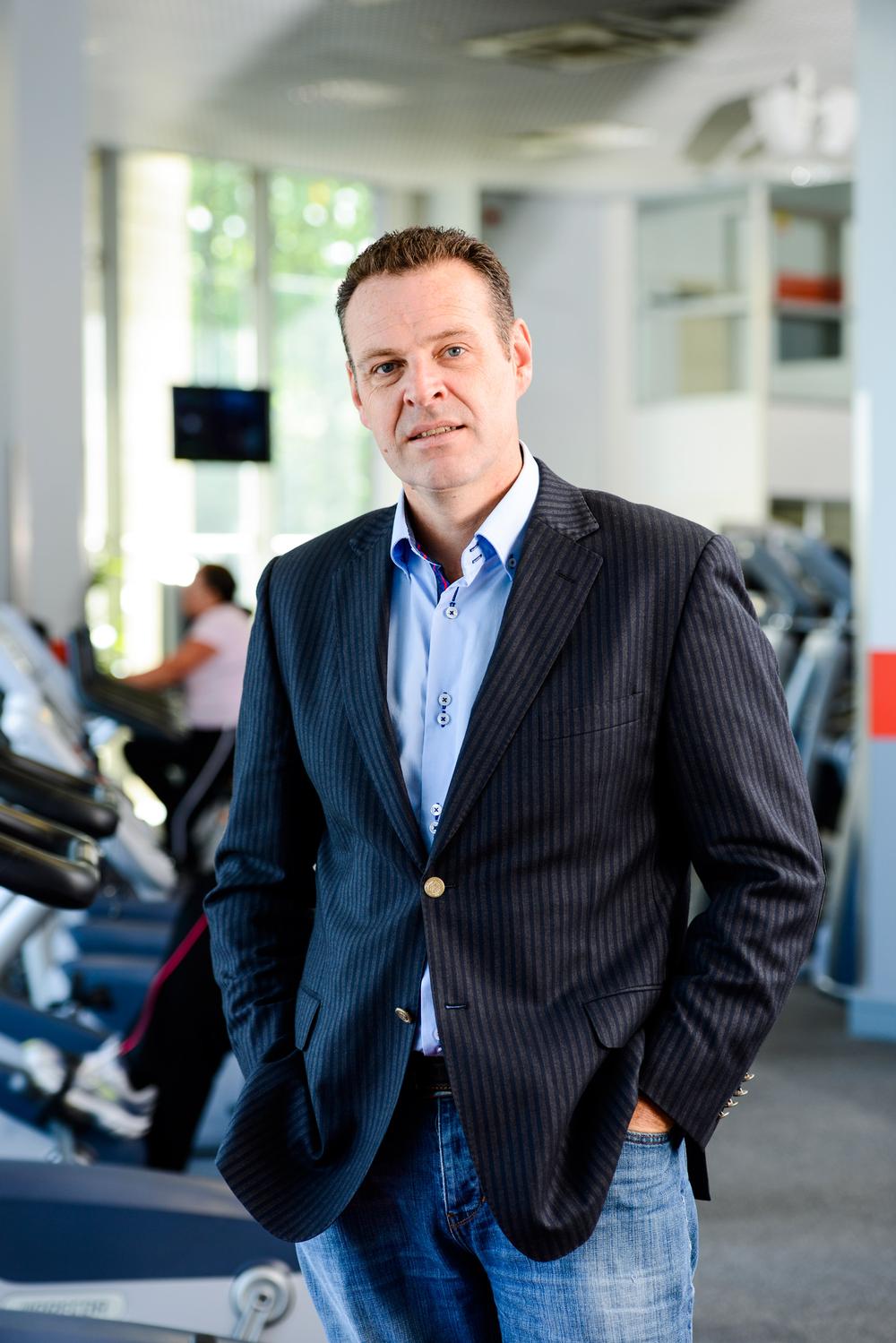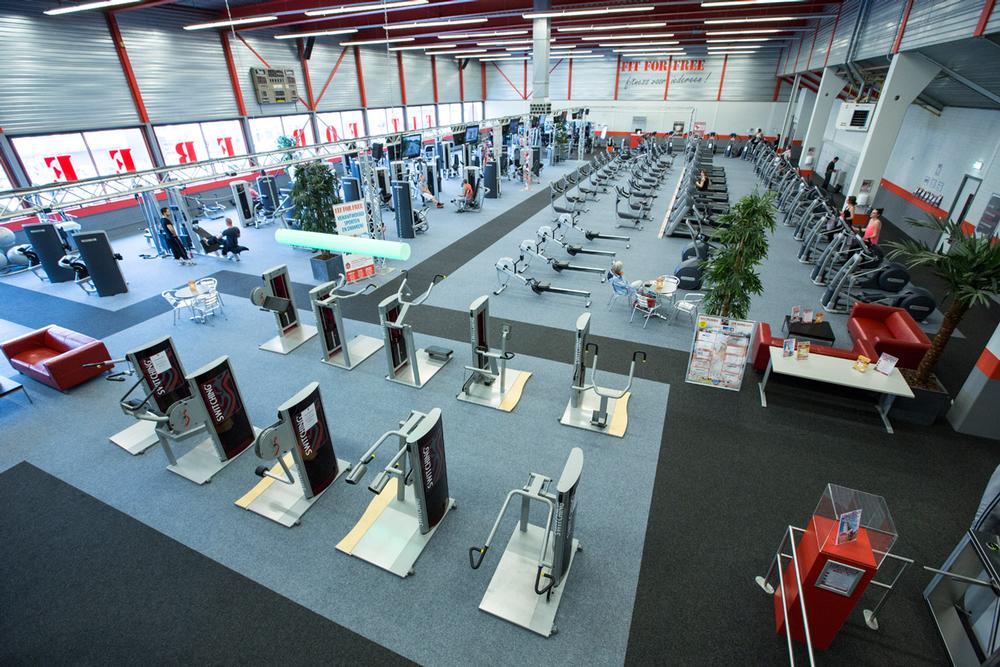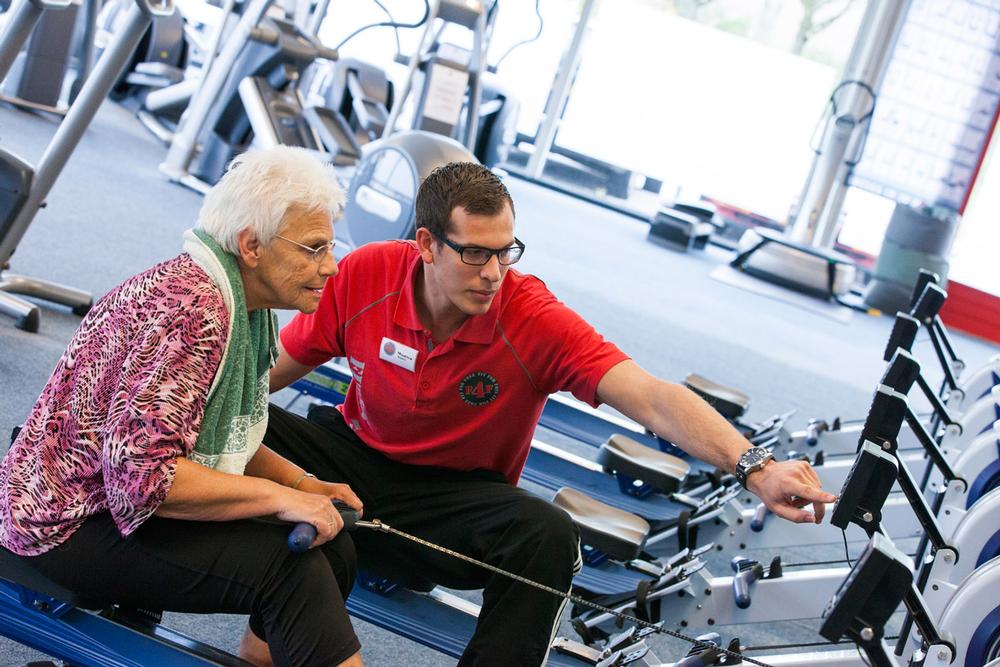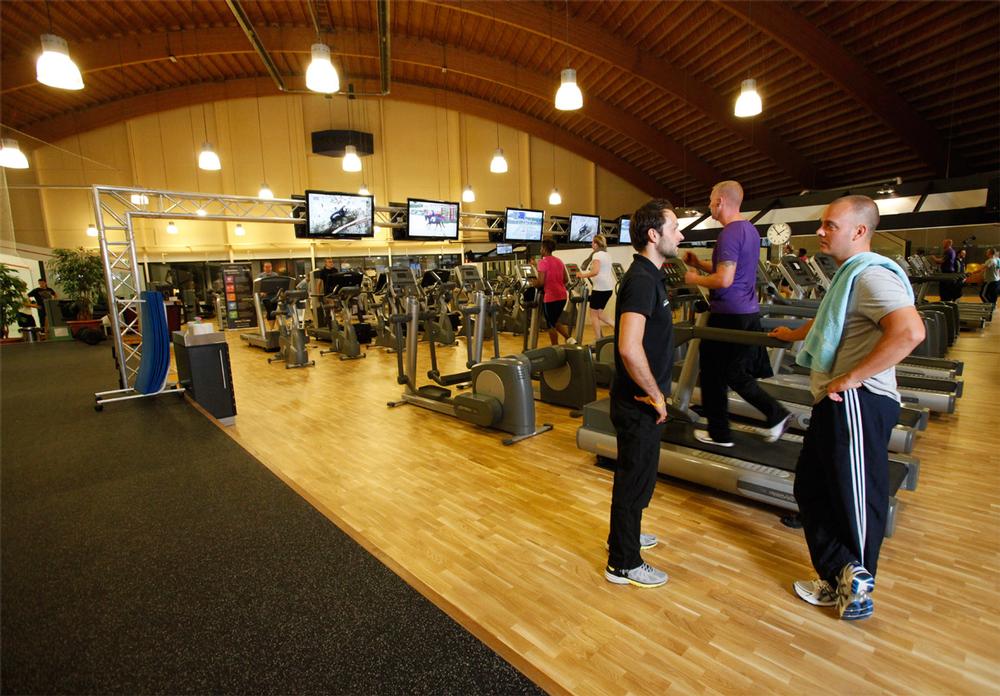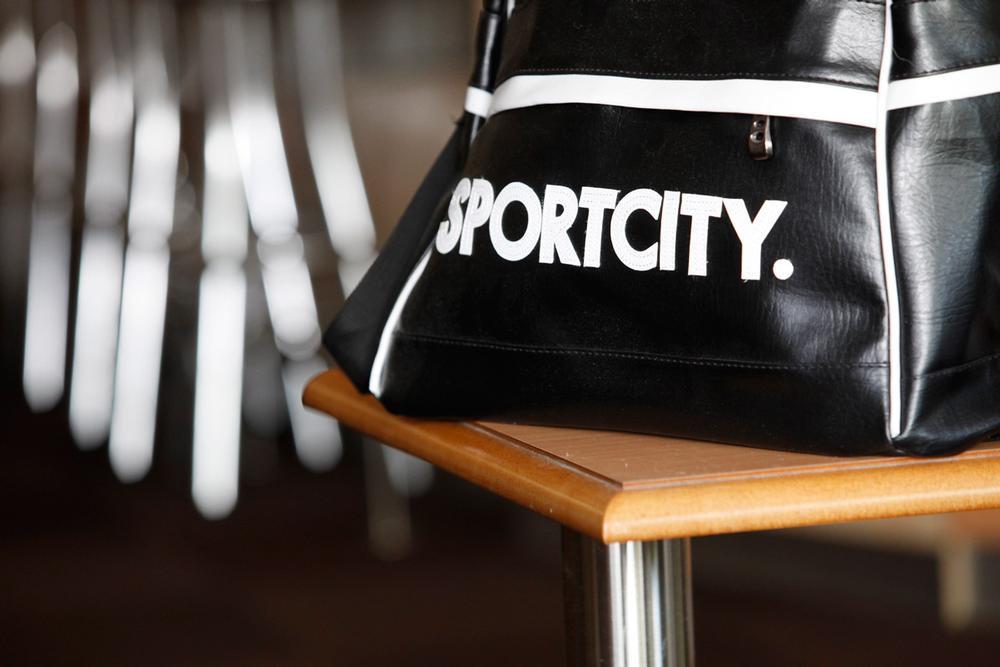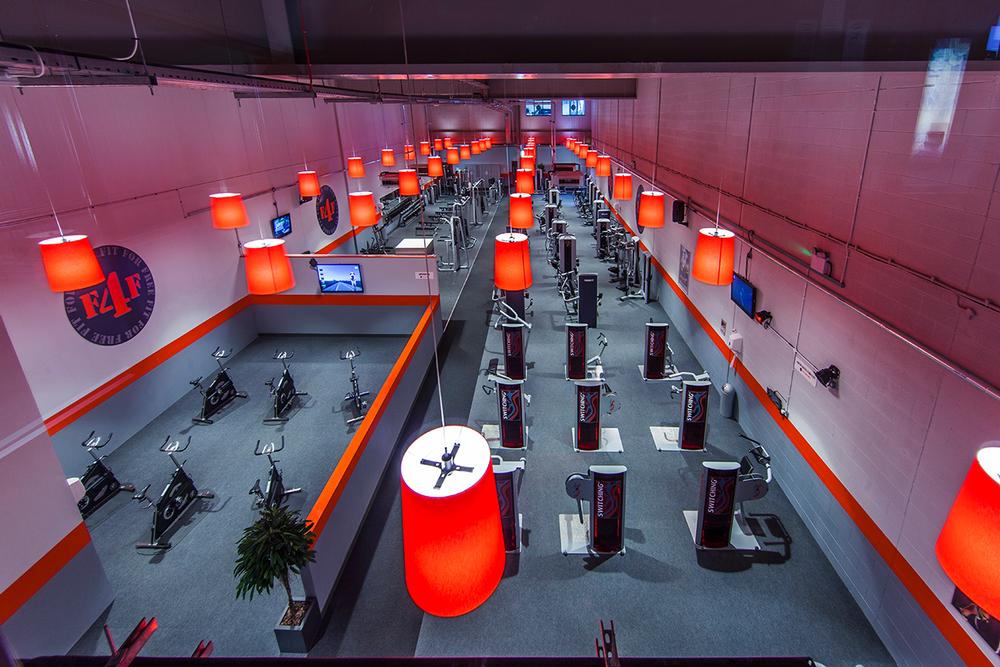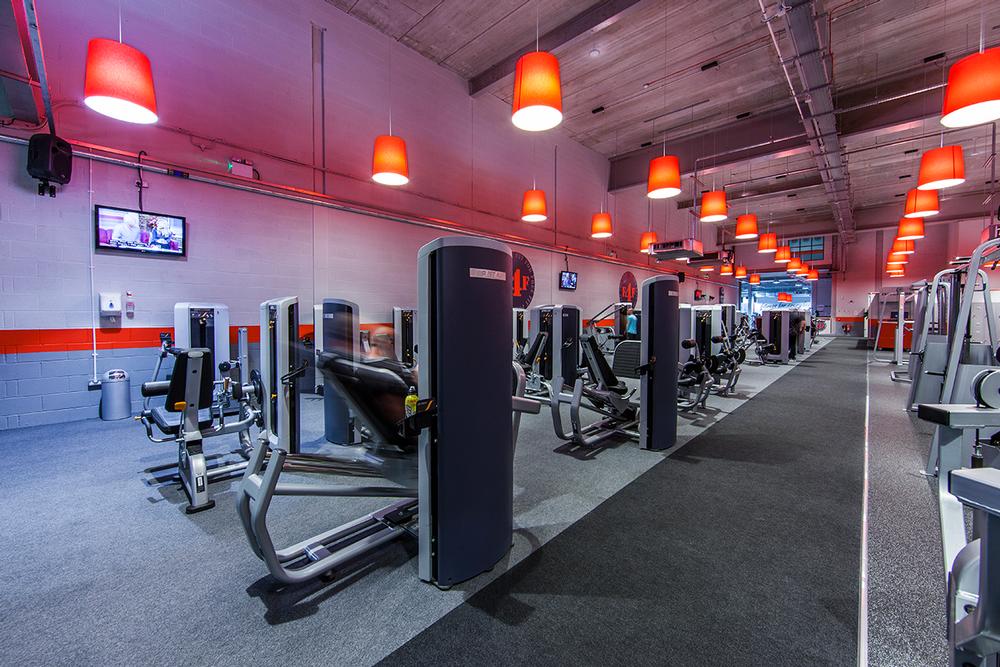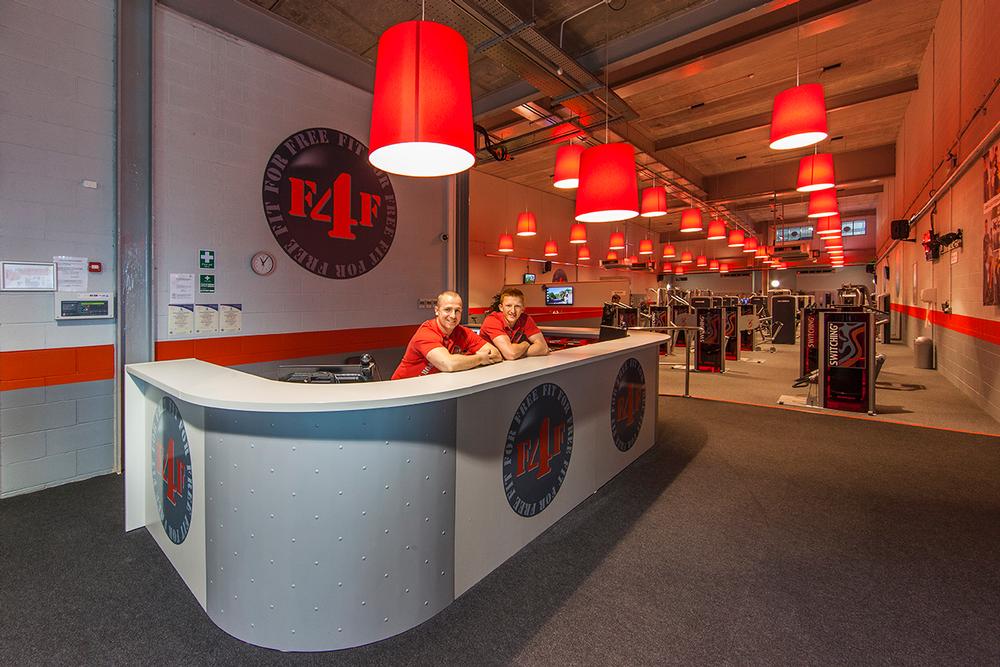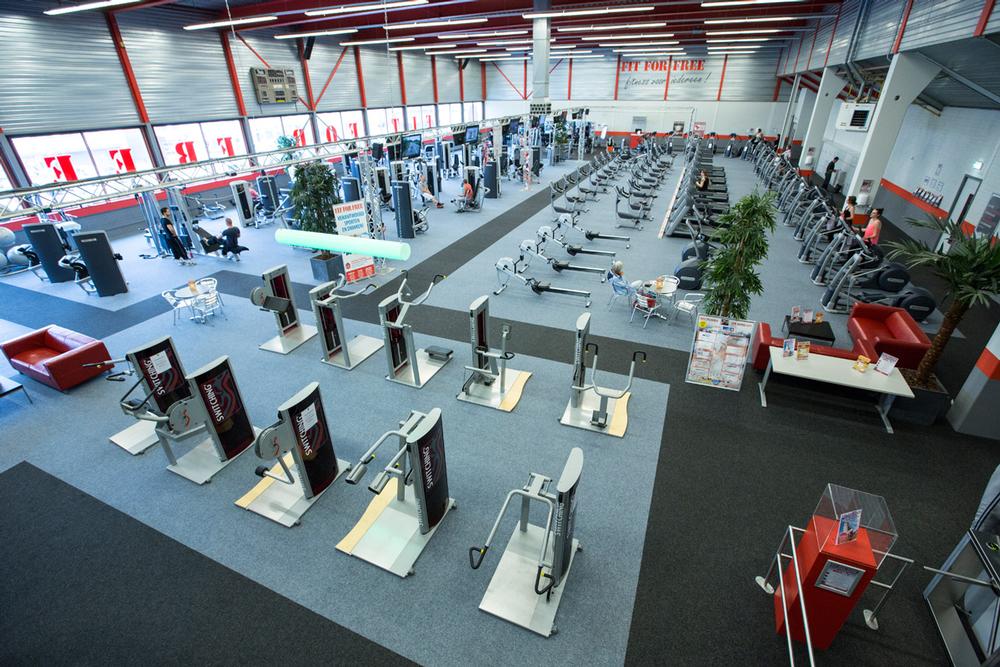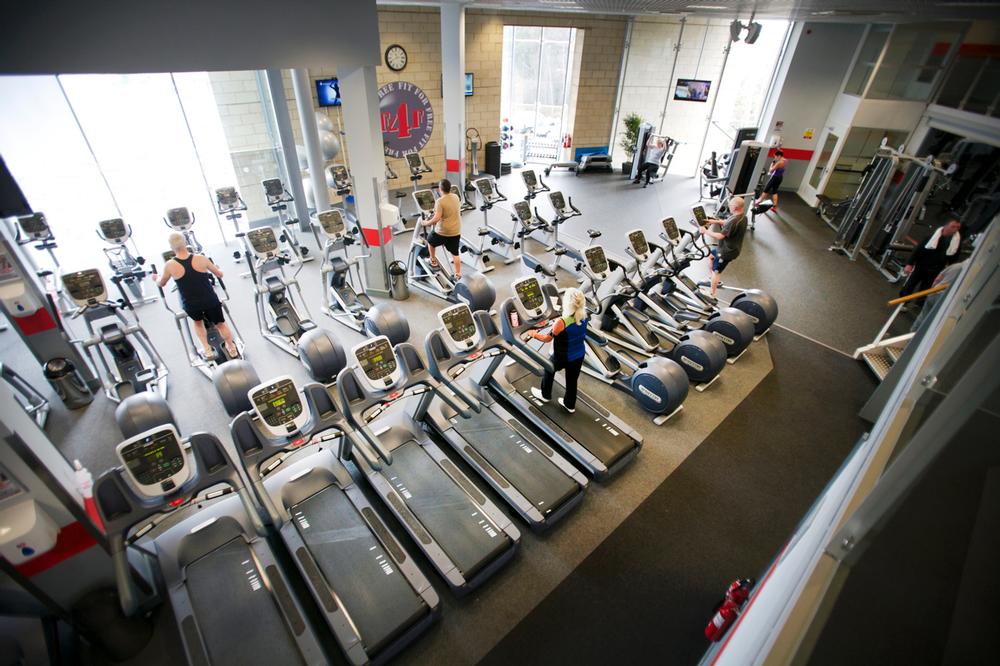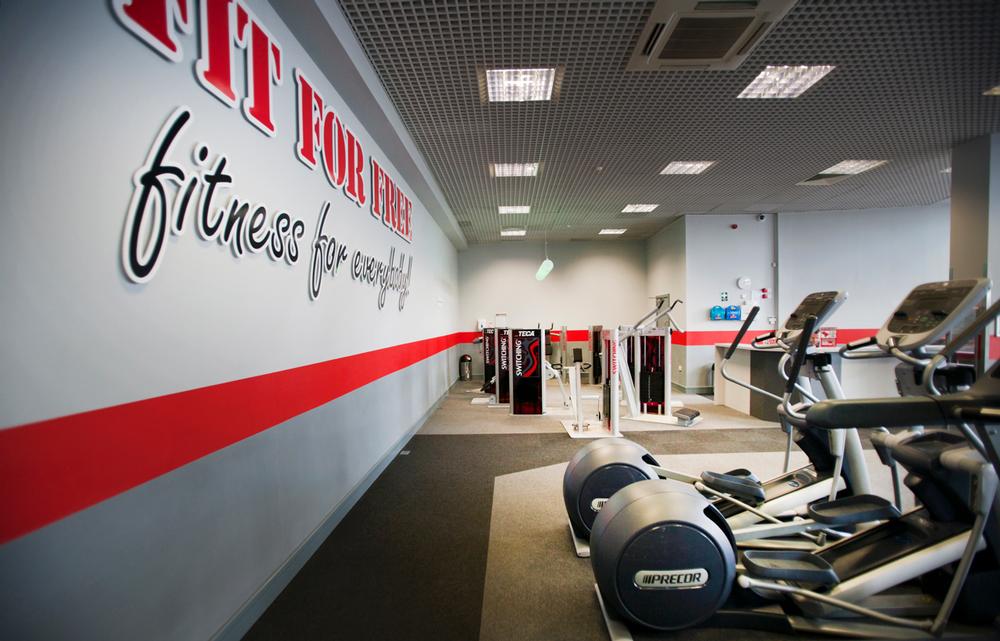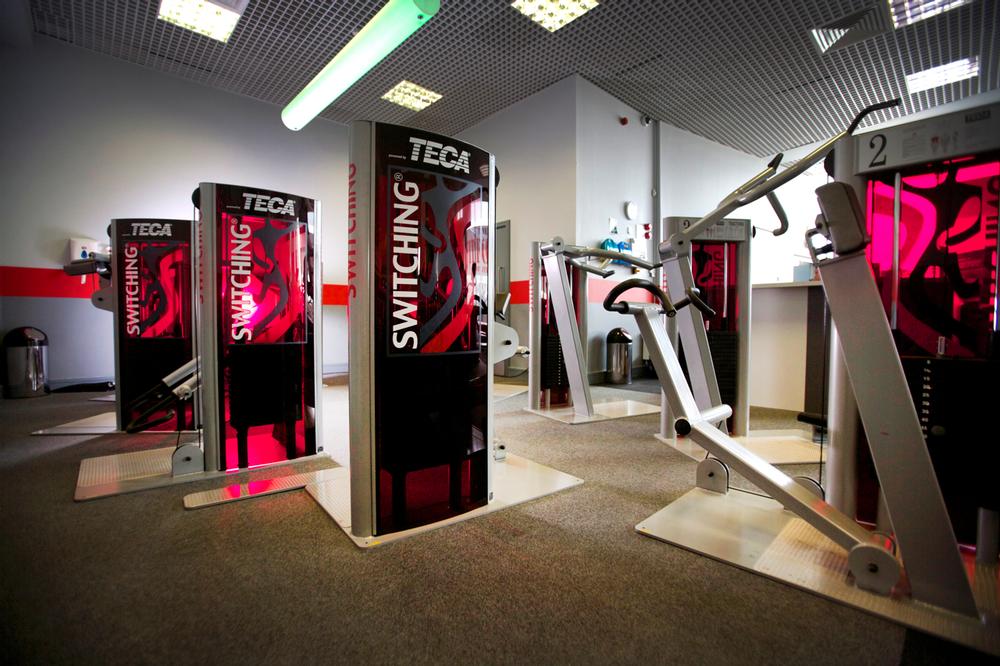It was a spot of luck, combined with the selection of the right online search criteria, that brought Ian Kearney to his current job as UK general manager of low-cost operator Fit for Free.
Following a career in media sales, in 2003 he opened a children’s activity centre – Cheeky Monkeys – in partnership with his wife. The success of that venture led to the opening of a second equally successful centre, with 50,000 people coming through the door every year. “But when the recession hit, we realised it couldn’t sustain both of us. A business of that size needs continuous investment – almost every year, you have to reinvent yourself with the next offering, the next ride, the next feature,” says Kearney. “So after seven or eight years of working for myself, I had to make the decision to go back into the corporate world.
“But I had no idea what to do, other than not wanting to go back into media. I knew I was interested in leisure and family entertainment, I liked the idea of launching new businesses – I also had a small consultancy business helping other people launch their own companies. Sometimes it was just an advisory role; other times I was more hands-on, in one case even finding the building, launching the business and recruiting all the staff.
“I was thinking maybe hotels, maybe health and fitness, maybe Centerparcs-type venues… On the first day I actually started to search the job market, I put my search criteria into a job listings website and it delivered me 10 jobs. The first one I opened, at half past eight that morning, was Fit for Free.”
Proving the model
The Dutch operator (see ‘company history’, p35) was aiming to enter the UK market after enjoying good growth in its native market. “It wanted to prove it wasn’t just a Dutch-specific business model,” says Kearney. “Discussing growth plans with investors and banks, the Fit for Free team was told it needed to prove the model outside Holland, so other markets were investigated: the UK first, Belgium second, Poland, and then lastly Brazil.”
That might seem a peculiar combination of markets, but as Fit for Free’s head of marketing Tina Farifteh explains: “The market has to be right, with the right operating conditions, but the most important factor for us is the ‘boots on the ground’ – the person who will oversee the launch and roll-out.”
By 2011, the lease had already been signed on the first UK site, in Liverpool, and Fit for Free was looking for the ‘boots on the ground’ for the UK business. Step forward Kearney, who joined the company in July of that year.
“I think they had expected to recruit someone with fitness sector experience, but in fact it suited them well to induct me in their mould,” says Kearney. “Also, crucially, they didn’t want to keep buying in resources to help with design, construction, project management, recruitment and launch, and I was able to do all that for them.”
UK launch
So what does Fit for Free offer in the UK, and how does it compare to the Dutch model? “A typical club measures 15,000–20,000sq ft, and I’d expect capacity to be around 7,000 members; we’re currently at about 4,000 in our first two clubs,” says Kearney.
“We offer 220 pieces of equipment – mostly Precor, but with one Teca Switching circuit – and a full instructor-led studio offering. Membership costs £15.95 a month for gym-only, or £9.95 off-peak, or you can opt for gym and classes at £19.95 a month. Sixty per cent of our members are on the £15.95 package, but even they have access to free classes in the morning and evening, five days a week: circuits, CrossFit, abs.
“The look and feel of our clubs is the same as in the Netherlands – the same lockers, carpet, content, wall coverings, staff uniforms – and overall the offering is about 85 per cent similar. However, I was given the autonomy to question things they did in the Netherlands that I didn’t think would work in the UK.
“Bikes are part of daily life in the Netherlands, for example, but in the UK we need car parking facilities. We also have a different equipment mix in the gym, with fewer bike-related and cross-training activities and more treadmills.
“But the biggest difference is that we have a more expensive payroll in the UK: in the Netherlands they have a very lean staff set-up. We tried it initially, but within three months I had to increase staffing levels by about 20 per cent. I was adamant we couldn’t rely on one member of staff to run the whole place on a daily basis.”
Personal touch
Those higher staffing levels help maintain the sort of customer service levels Kearney believes are key to success. He explains: “We trade from 6.30am to 10.30pm and have fitness staff on every morning and evening; in the larger locations or multi-floor locations, they’re there during the day as well. Factoring in admin staff and management, we have on average one and a half people on-site at all times, plus cleaners and studio instructors.
“The fitness staff’s sole responsibility is to be on the gym floor, interacting with members. Interaction at reception is key too: above all else, the one thing we drive through in our interviews and inductions is the need to make eye contact with members as they arrive and leave. The very least every member should expect is a ‘hi’ and a ‘bye’.
“We employ a lot of apprentices too. Their primary role is to clean the equipment, but we also task them to chat to members: they have a target to engage with 10 new members a week, asking about their goals and encouraging them to attend the free classes.”
Fit ‘for free’
Returning to the differences between the Netherlands and the UK, Kearney continues: “We have to be more aggressive and more diverse in the way we market. In Holland, Fit for Free is a national brand with high awareness. In the UK, we’re still at the point of having to explain why it’s called Fit For Free and yet has a price attached.”
Which is a fair point, I observe.
How does the ‘for free’ concept work?
“We partner with local retailers who then advertise on our website and our member platforms for free, with a box ad promoting a special offer for our members. We regularly ask our members what sort of offers would be useful, and typically it’s things like takeaways, hair products, beauty, dry cleaning, flower delivery, tyre repairs. When members turn up at the location, they just show their membership card to receive the discount.
“The ultimate goal is to save our members approximately £15 a month if they use the services of our partners, effectively covering the cost of their gym membership. At the moment, members are probably saving around £10 a month, but the scheme will grow. In the Netherlands, where they have national coverage, partners include holiday companies, airlines, national taxi or transport organisations, ticket discounts.
“Indeed, in Holland, there’s evidence of some people joining the gym just to get the card. That’s not the idea of course – we want people to come and train – but it does show the value people see in it.”
International expansion
So how has the UK business progressed since its launch in 2011, and what are the plans moving forward?
“We have four clubs at the moment – in Liverpool, Bury, Worcester and Birmingham. We had an offer on up to 11 Fitness First clubs about a year ago, but the deal fell over at the 12th hour. At the time I was frustrated by that, as I wanted to grow the estate, but in hindsight I’m glad we gave ourselves more time to really finish getting our product right.
“In the meantime, with a fixed amount of money to invest each quarter, after the first quarter of 2013 the company’s focus shifted from the UK to Belgium, as well as continuing to expand in Holland. Opening in Belgium took longer than we expected, but the first club was a flying success and the second is going the same way.
“And then there’s Brazil, a rapidly emerging market, where the ‘boots on the ground’ is a Dutch guy who lives out there and who knows the Dutch operators personally. That club signed up 2,000 members in three weeks, so we’ll probably look to increase the number of locations in Brazil in a very short space of time.
“But now we’re into another period of funding and investment, I think the UK will move back onto the radar too. One challenge we face in the UK is that we’ve only been trading for two years and lots of the larger landlords are still wary about getting security from a Dutch entity. But we have four big name landlords in place – Sainsbury’s, Urban Splash, Richardson Carillion and Thornfield Properties – and I’m confident this won’t be an issue for growth.”
He continues: “I have a list of six sites in various stages of development and I hope to open our next club in the first quarter of 2014. Within the next two years, I expect to have reached 20 clubs.
“We’re also trialling microclubs: our Birmingham site measures 11,000sq ft, on-site at a Sainsbury’s supermarket, and it’s performing above expectation so we may do more of that format. It’s proving to be win-win situation too – Sainsbury’s has seen an increase in footfall to its store since the club opened in January 2013.”
Future potential
Kearney concludes: “I also see the youth market as offering great potential. In one of our clubs, we partner with a local college and now have 400 members under the age of 16 – they come straight from school and are supervised by over-16s who attend with them. It’s challenging – a high maintenance market – but I believe there’s financial benefit in the long term.
“I think ‘tweenagers’ are a market the industry has to focus on, because if these kids are fit in mind and body, with a fit work ethic, they will survive in the real world when they leave school. It’s about showing them that being active isn’t a luxury any more – it can be an affordable part of everyday life. The budget sector has created that.”








